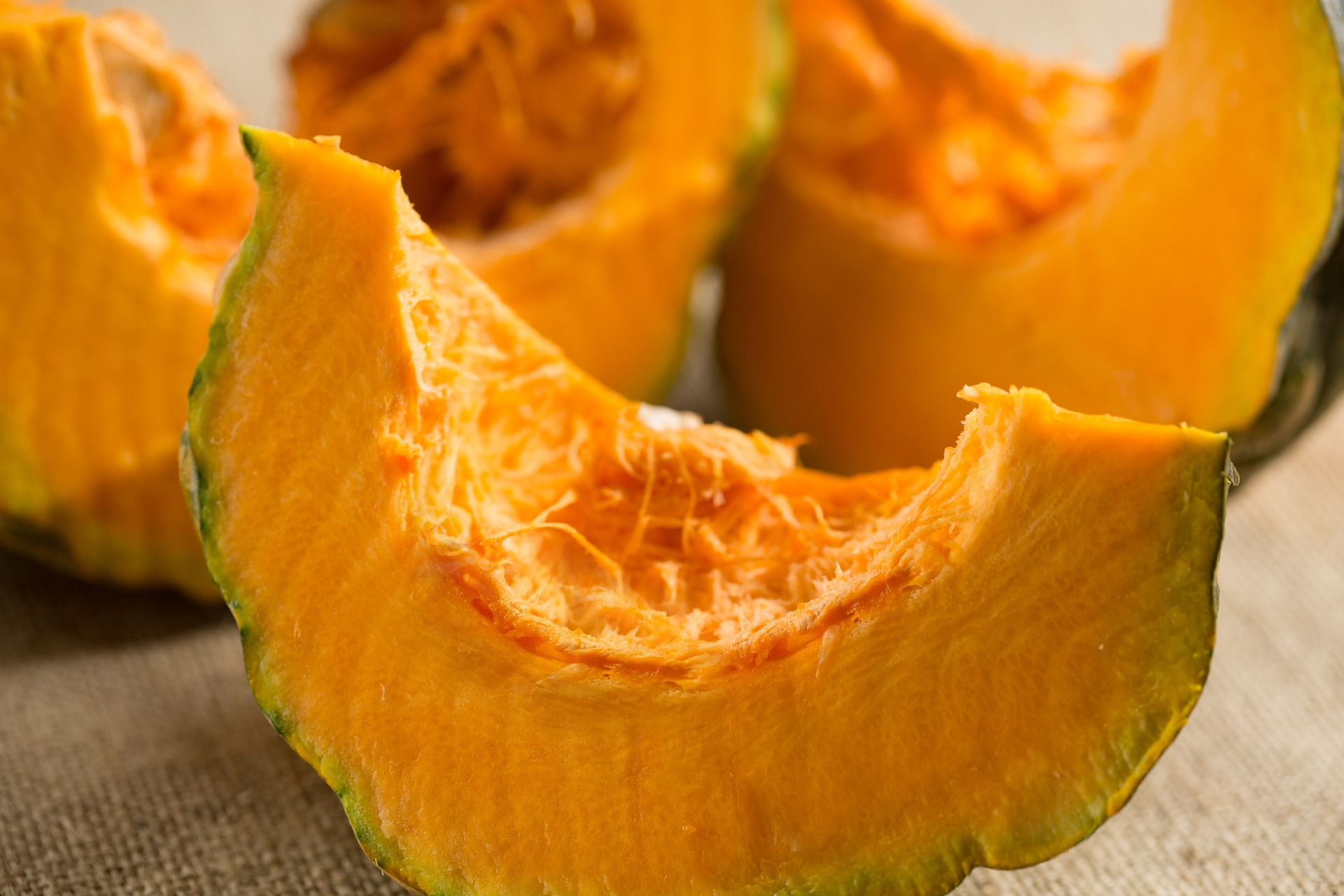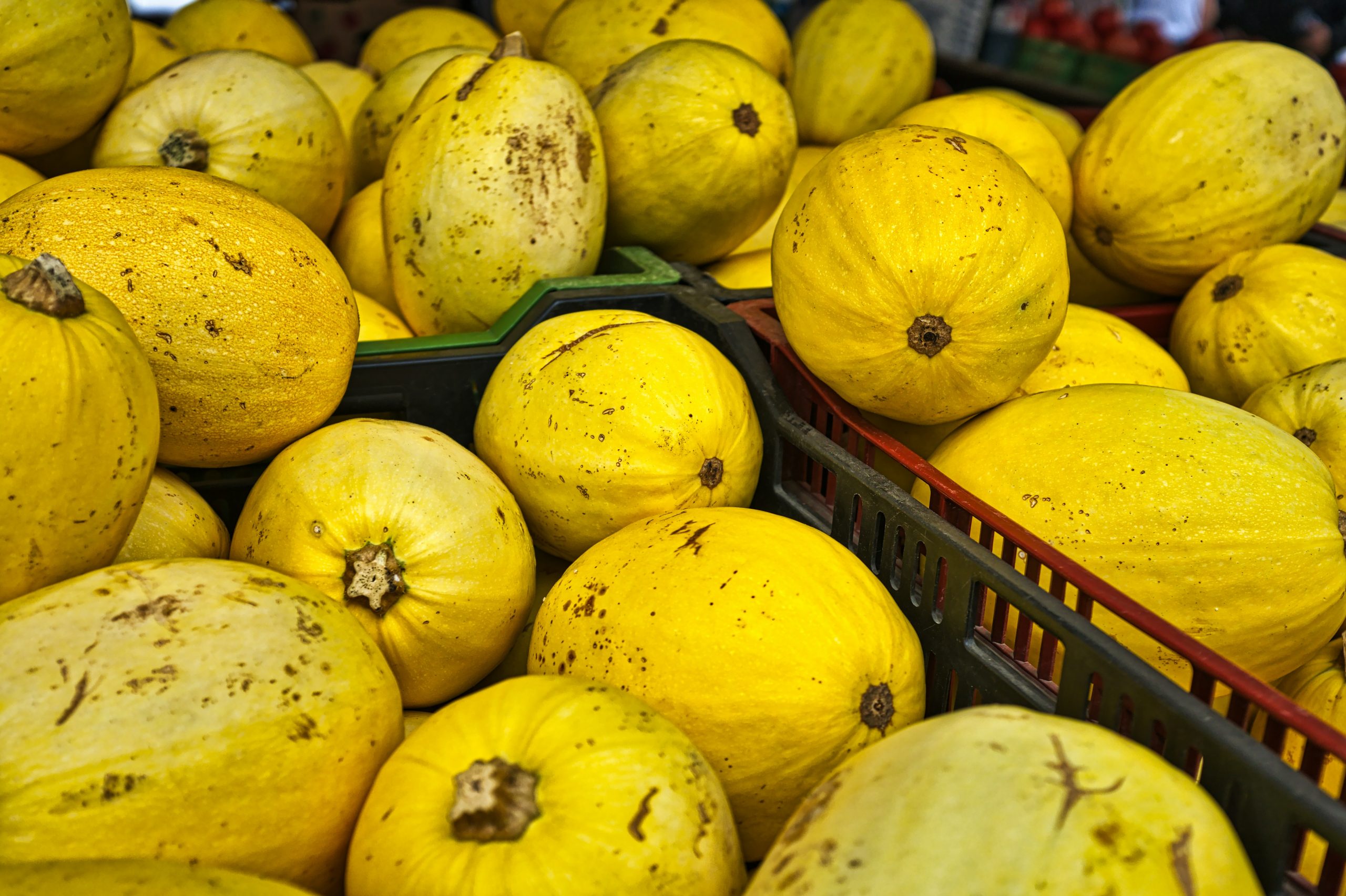There is no denying that yellow squash is excellent, and we are confident you will share our opinion. Now, freezing your yellow squash can be just as effective if you purchase too much of it and don’t plan to prepare it right away.
Even if there are procedures to follow and laws to uphold, we appreciate that we don’t have to waste food when we can preserve it.

How to Freeze Yellow Squash?
Have you prepared your yellow squash for freezing? Let’s get going:
First, pick yellow squash that is ripe, firm, and free of noticeable blemishes. There is no need to peel the yellow squash because its skin is not particularly thick. Choosing food that is at its best is essential for successful freezing.
It should be blanched beforehand to maintain color, texture, and flavor when freezing yellow squash.
- Place a sizable saucepan of water on the stove to boil before blanching the yellow squash.
- More ice water should be available, and a sizable basin should be filled with it.
- Slice the squash into slices approximately a half-inch thick, then add them to the boiling water.
- After the water reaches a boil again, blanch for 3–4 minutes.
- With a colander basket or slotted spoon, remove the squash from the water and submerge them in the freezing water.
- Remove and spread out to dry on paper towels or clean dishrags.
- Refresh the ice water between batches as you repeat the process until it is finished. Clean off.
- Slices of yellow squash should be laid out in a single layer on a baking sheet. Place the baking sheet in the freezer for 20 minutes or until the slices start to stiffen. This prevents them from congealing when frozen.
- Slices should be placed in freezer bags.
- After removing extra air from the bags, seal them.
- Label and date the bags, then place them in the freezer.
How to Freeze Squash for Frying?
With one exception, freezing squash for frying is the same as above. Sliced squash should be seasoned with salt, pepper, and any additional seasonings you usually use. Then, dust them with flour. Lay them between sheets of freezer paper, just like you would with regular frozen squash, after shaking off any extra flour.
Please remove what you need and place it in the grease when ready to fry them. Within a few seconds of cooking, they will defrost. Before frying, do not let them thaw out since the moisture and flour may cause them to get mushy and pasty.
How to Store Frozen Yellow Squash?
Yellow squash can be frozen in a Ziploc or airtight freezer-safe container. Making sure the squash isn’t exposed to air is crucial.
The best option is to use Ziploc bags because most of us have little freezer space.
If you stack them flat on top of one another, you may freeze huge quantities in separately packaged chunks without taking up a lot of room.
Can you Refreeze Yellow Squash?
No, avoiding refreezing frozen yellow squash is preferable once it has been thawed. When defrosted, the yellow squash can get mushy, and if it’s left out in the open, there’s a good likelihood that germs will grow and it will deteriorate.
Therefore, eating it as soon as it has defrosted is preferable.
You can portion the squash in advance into amounts that you can comfortably handle in one session to prevent having to refreeze it when it thaws.
How to Keep Yellow Squash for Longer?
Make sure to remove all of the air from the bag you’re storing your yellow squash in if you want to store it for a long. The best way to accomplish this is with a vacuum sealer. These devices completely deflate the bag and seal it shut, preventing any oxygen from entering.
You can check our list of excellent vacuum sealers, but we think the FoodSaver V4840 2-in-1 Vacuum Sealer Machine is the finest. Both freezer bags and containers are compatible with the FoodSaver.
How to Defrost Frozen Yellow Squash?
Simply move the container from the freezer to the refrigerator to thaw frozen yellow squash. Give the yellow squash several hours or maybe the entire night to defrost. The gourd shouldn’t be defrosted at room temperature. The yellow squash’s texture will change due to the sudden temperature fluctuation!
The key to preserving the flavor and texture of the yellow squash is a slow defrosting process. The yellow squash is prepared for cooking after it is soft enough to chop. Slice it into the required cut. Unless the yellow squash has been cooked in stews or soups, it does not need to be heated again. The thawed yellow squash should only be added in the middle of cooking.
How to Use Up Extra/Leftover Yellow Squash?
There are numerous ways to enjoy yellow squash, a species of summer squash. But what happens if there is too much yellow squash? Use up your leftover yellow squash in one of these five delectable ways:
- Make roasted yellow squash — This side dish is easy to make and tasty. Cut the squash into rounds, spray with olive oil, and roast for 20 to 25 minutes at 400 degrees.
- Sautéed yellow squash is another quick and wonderful way to enjoy this vegetable. Cut the squash into thin strips and cook until cooked in a skillet with some olive oil over medium heat.
- Make grilled yellow squash – This vegetable tastes best when it is grilled, which brings out its summer flavor. Cut the squash into thin rounds and grill for 10 minutes over medium heat.
- Create a yellow squash casserole – A tasty and simple way to use extra squash is to make a yellow squash casserole. Combine yellow squash that has been shredded and cooked with some cream of mushroom soup, cheese, and crumbled bacon. After that, bake for 30 minutes in a 350-degree oven.
- Make pickled yellow squash; it’s a delicious and original way to eat this veggie. You will need 1 quart of thinly sliced yellow squash, 1 cup of white vinegar, 1 cup of water, one teaspoon each of sugar and salt, and 1/4 teaspoon of black peppercorns to prepare pickled yellow squash. Just put everything into a big pot and bring it to a boil. Simmer for 10 minutes at low heat. Please turn off the heat and allow it to cool. Transfer to jars once cool, then place in the fridge.
Now that you know five wonderful ways to use your leftover yellow squash, go ahead and try them out. Try one of these dishes the next time you have extra squash, and enjoy it!
How to Use Frozen Yellow Squash?
Using your frozen yellow squash in sweet and savory dishes is a fantastic option. Be motivated by the following suggestions:
- Without needing to thaw them first, add your frozen, bite-sized chunks to this vegan squash soup.
- Make vegan gnocchi using yellow squash as an experiment. Add a few handfuls of frozen, thinly sliced squash to this vegan chop suey.
- Yellow squash is fantastic in soups and stews. What about as the foundation for a spaghetti sauce? For a wonderful midweek meal, swap out the carrots in this vegan spaghetti recipe with your shredded squash.
- You can easily prepare a vegan hash by frying it with other vegetables.
- Another delectable choice is a variation on this vegan pumpkin cheesecake, before incorporating the grated squash into the dish, cook and purée it.
- Delicious zucchini bread is a great way to eat your vegetables in a new way. Let the same quantity of shredded, frozen squash defrost in the fridge for a few hours before adding it. Be sure to wring out any excess water gently.
Does Yellow Squash Freeze Well?
Yes, yellow squash freezes well and, if prepared properly, can be kept in the freezer for a full year.
However, remember that the squash won’t be as solid or fresh as it was before freezing, similar to other veggies. I was using them in cooking recipesis better than consuming them uncooked.
The best way to freeze squash is blanched, which is the most frequently suggested method.
The yellow squash can be kept in the freezer for a lot longer because the enzymes that break down the squash are gone once it has been boiled.
How to Prepare and Freeze Squash?
- Wash your squash properly the way you would if you were to cook it first. With paper towels, dry it off, then put it away.
- Next, cut your squash into slices or cubes about 1/8 to 1/4 inch. Depending on the dishes you might use it in, slice it how you like.
- After you’ve cut your squash, you’ll need to take a few sheets of freezer paper so that they are just a little less than the size of your container. So that you may leave them on top for when you later add more squash, go ahead and cut a few more sheets.
- After cutting your squash into slices and getting your freezer paper ready, it’s time to package it. Use a piece of freezer paper to line the container’s bottom. Next, spread out the squash in a single layer. To minimize space, you might arrange them closely together. Make sure they don’t overlap, though.
- Layer the squash and freezer paper until everything is covered. Any additional freezer paper should be placed on top; then, the lid should be firmly closed. You’re done after you put the container in the freezer.
Conclusion
Yellow squash can indeed be frozen. If done correctly, it will last for four to six months. The steps for freezing yellow squash are as follows: Slice them into the proper sizes after washing and trimming the ends. Put in a pan filled with cold water. After that, boil for around two minutes. Transfer to a dish of ice water after draining. To prevent freezer burn, let the items cool before putting them in a freezer bag. Then, close the bag tightly, label it with the current date, and store the items as directed.
